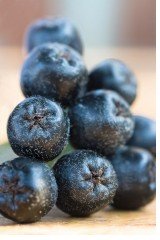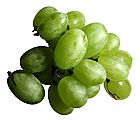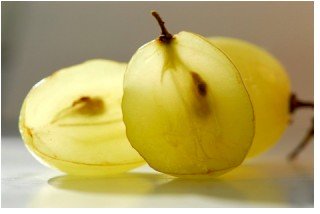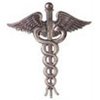|
Proanthocyanidins (Condensed Tannins)
Proanthocyanidins (PAs), also known as condensed tannins, are very powerful antioxidants that remove harmful free oxygen radicals from cells. Studies indicate that antioxidant power of proanthocyanidins is 20 times higher than that of vitamin C and 50 times higher than vitamin E. These findings, by no means, make PAs better antioxidants than vitamins C and E, and absolutely cannot replace them since vitamins play a crucial role in other functions and metabolic processes in the body and are considered essential nutrients necessary for survival, while proanthocyanidins (and other polyphenols) are not. However, the importance of proanthocyanidins cannot be underestimated. Research suggests that these compounds are beneficial in many areas of health because of their ability to bond with collagen, promoting youthful skin, cell health, elasticity, and flexibility. Other studies have shown that proanthocyanidins help protect the body from UV rays damage, improve flexibility in joints, arteries, and body tissues such as the heart, and improve blood circulation by strengthening capillaries, arteries, and veins. More research is needed though to find out whether these effects are due solely to proanthocyanidins or to the synergistic work of many flavonoids in the body. Many test tube trials and studies performed on rats or mice showed that certain proanthocyanidins (isolated from cranberries and grape seeds in particular) are cytotoxic to tumor cells of some cancers. Scientists are yet to determine if the same results can be achieved in vivo, required proanthocyanidins concentrations to be used safely, and whether these beneficial concentrations can in fact be achieved in human bloodstream to have the same positive effect. Unlike hydrolysable tannins, condensed tannins (proanthocyanidins) do not interfere with iron absorption. For details please review
Tannins. The highest concentrations of proanthocyanidins in fruits known to date were detected in black chokeberries. The Review below provides the table of amounts of proanthocyanidins in common foods (page 3). We would like to stress once again that concentrations, dosages, safety of prolonged use, and bioavailability of supplements have not been scientifically established yet. Many successful test tube and animal trials recognize the potential behind the beneficial qualities of proanthocyanidins and emphasize the necessity to perform clinical trials on humans. Thus, dietary choices of proanthocyanidins should be considered first before considering supplementation.
|



